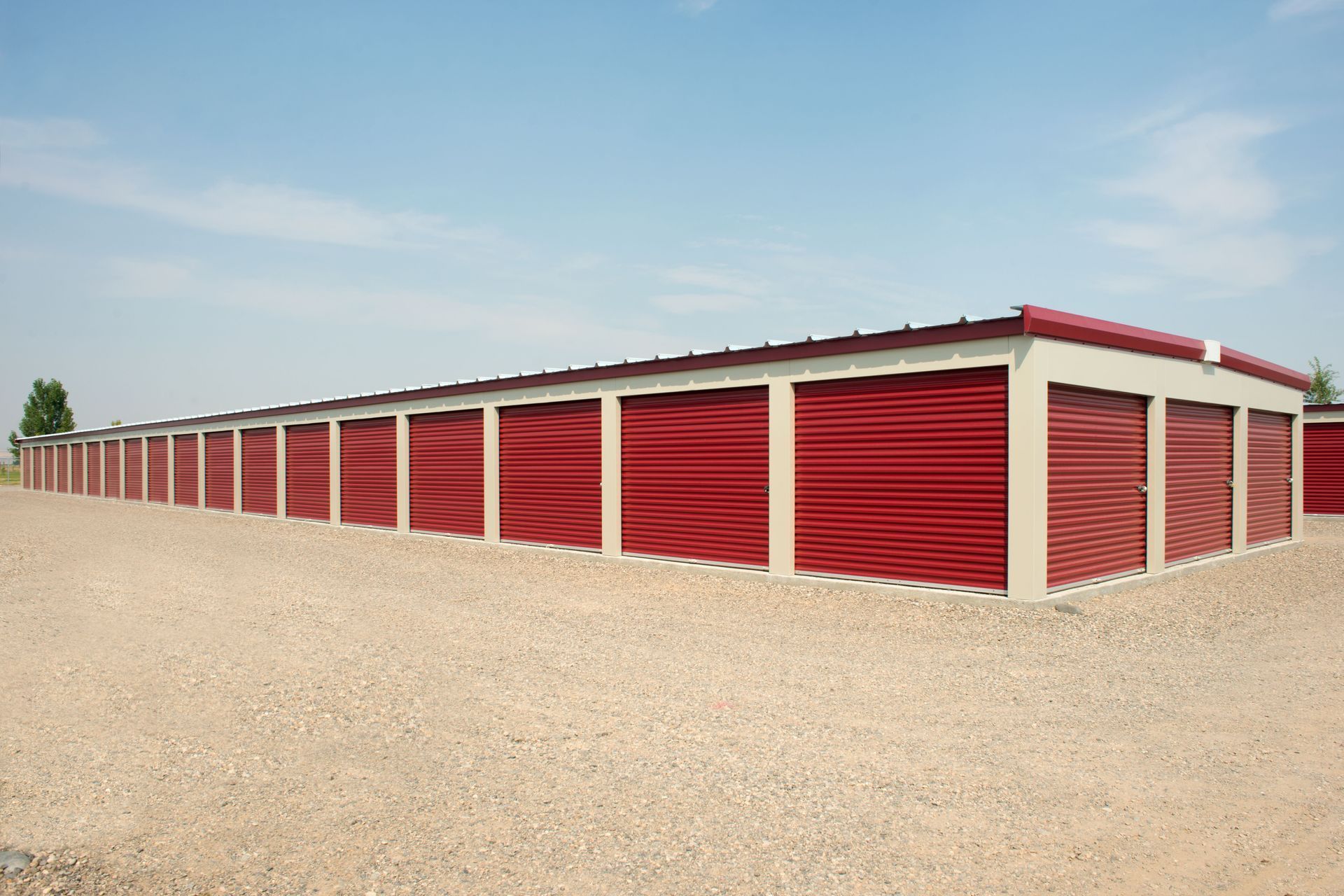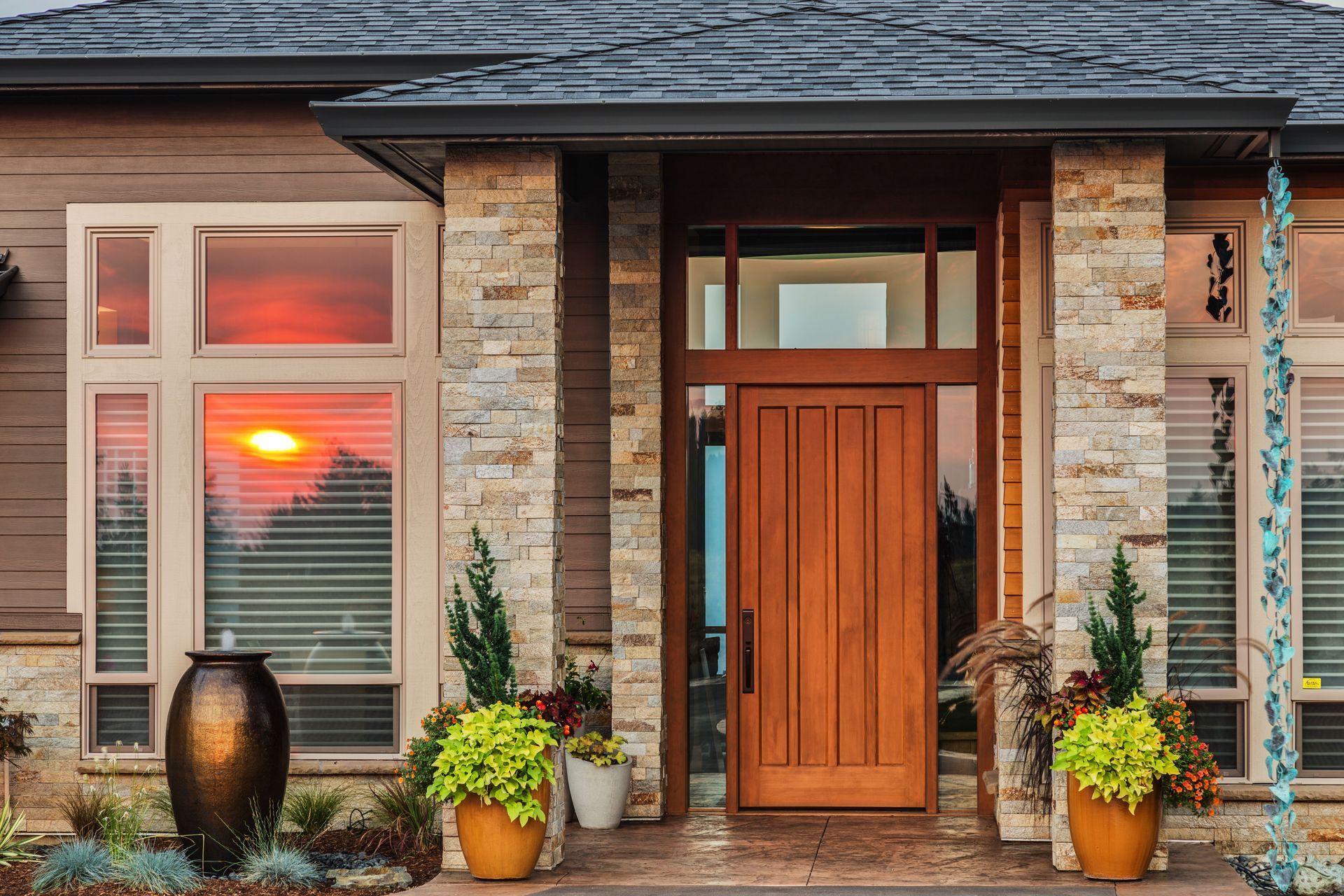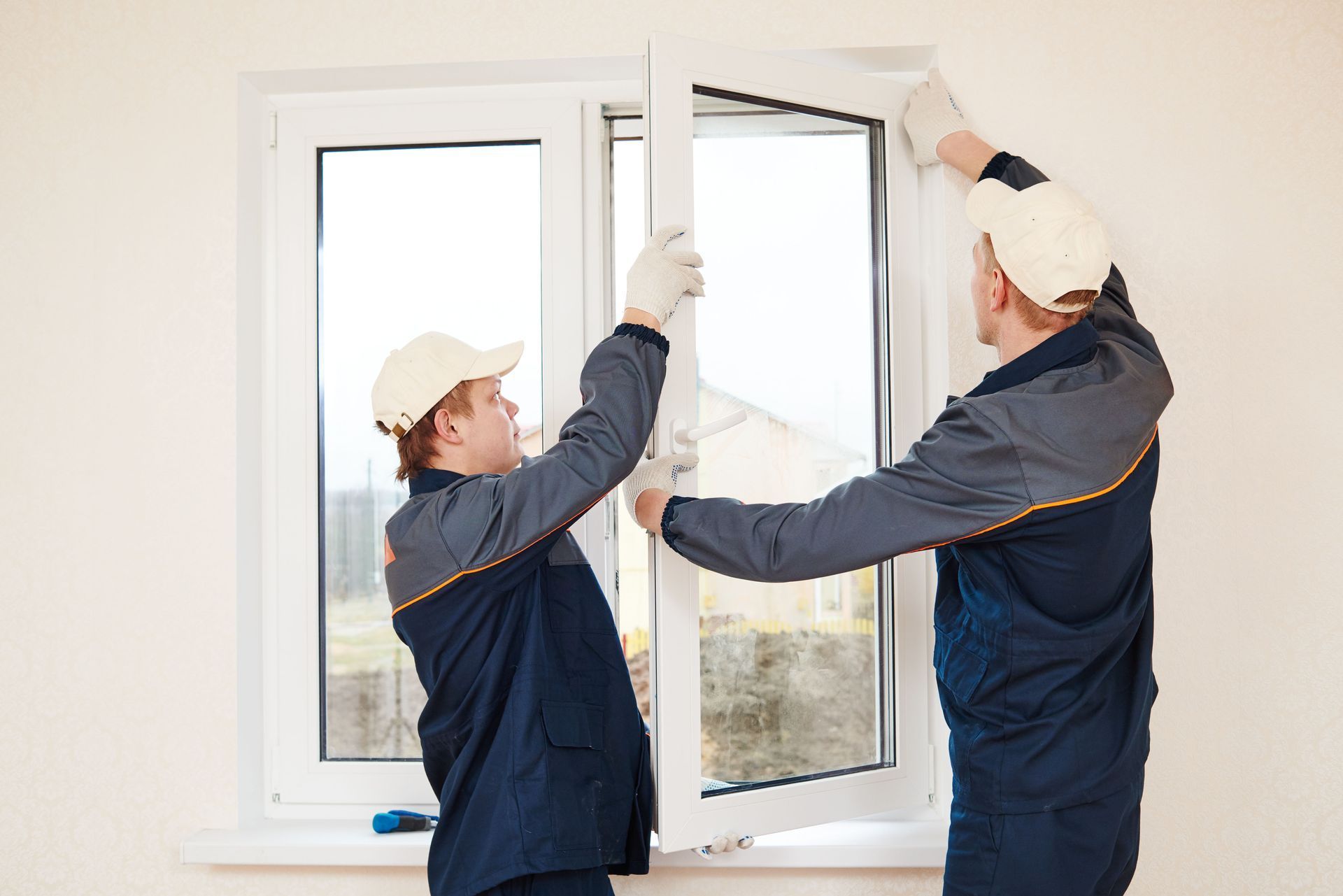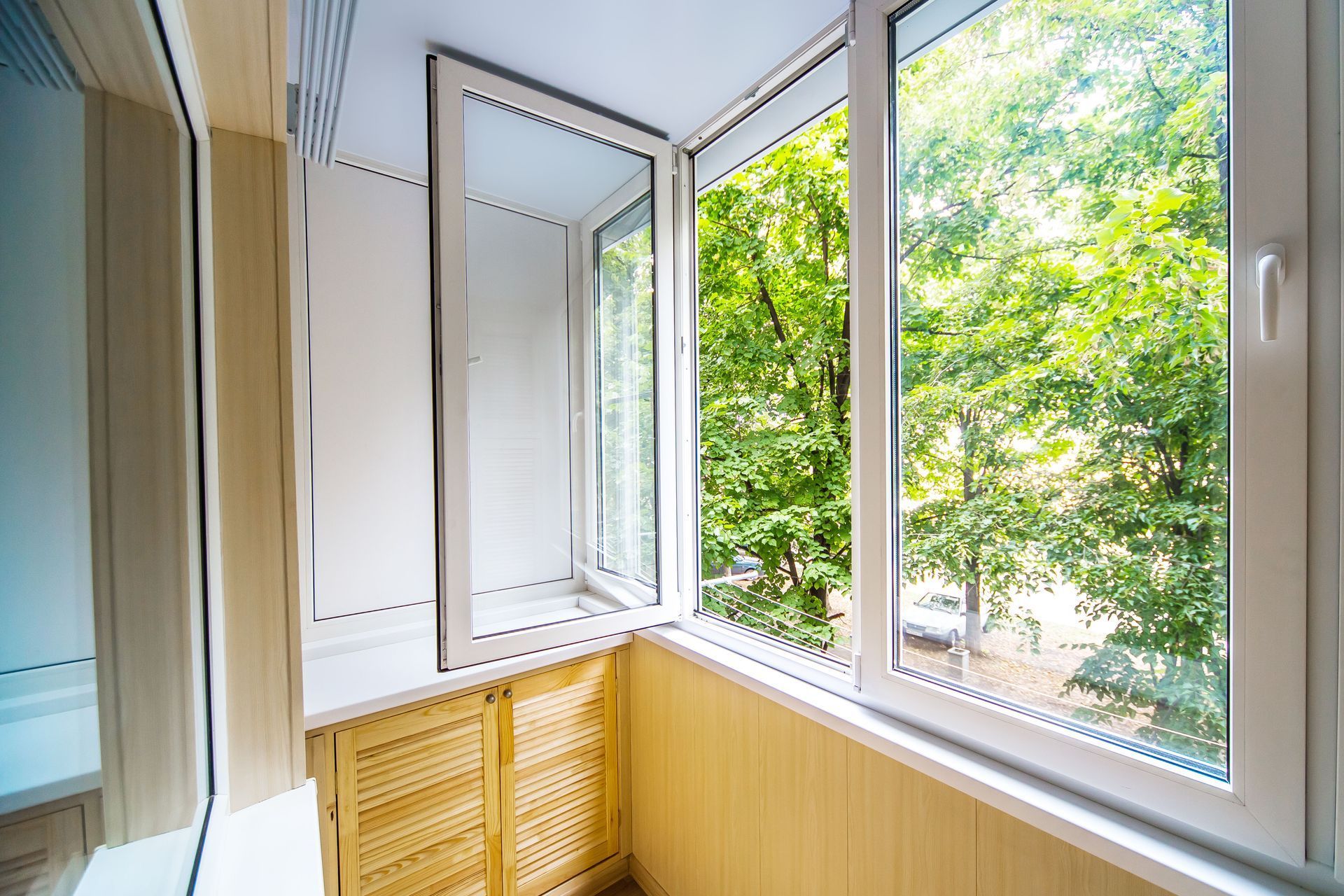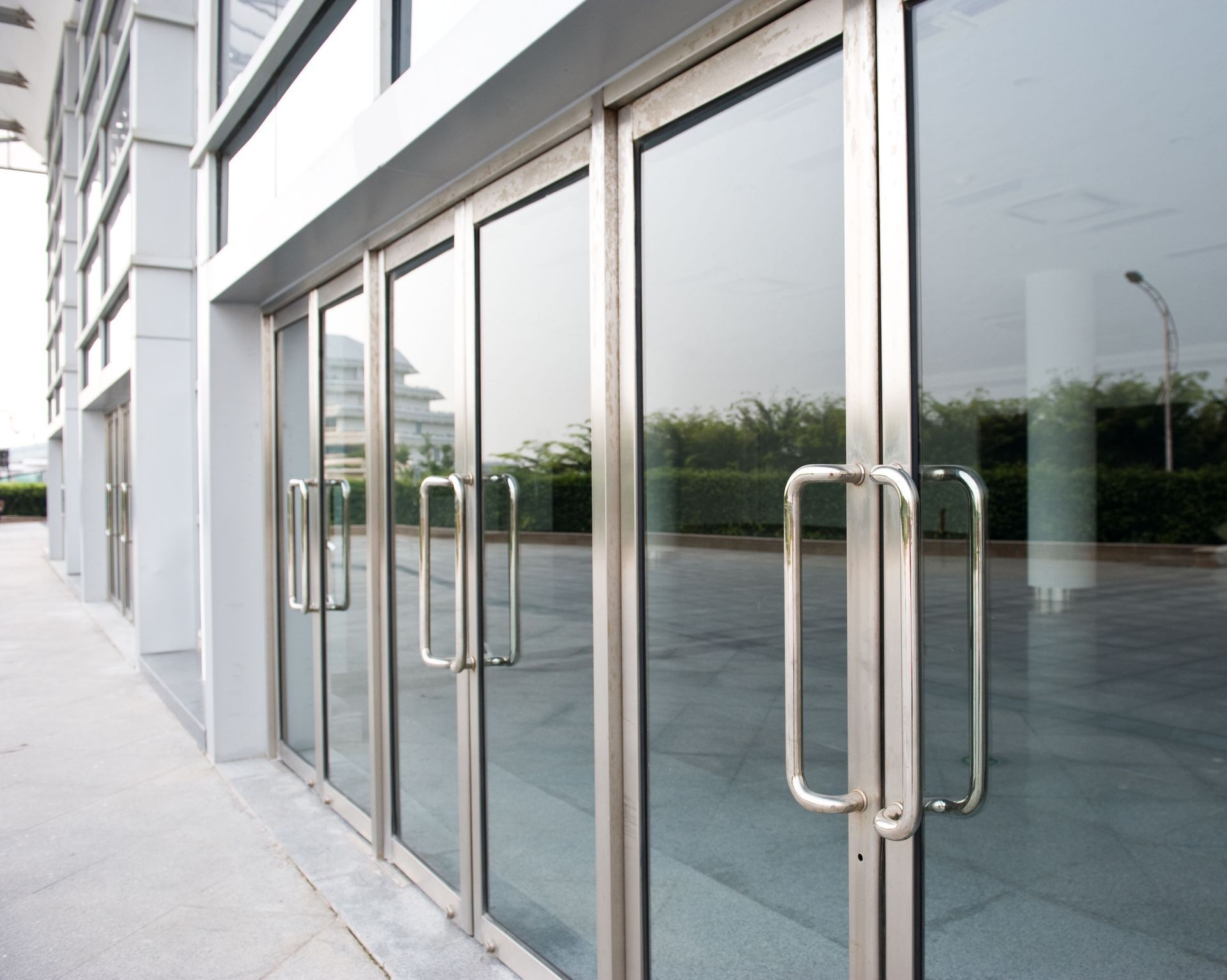The Top 3 Materials for Durable, High-Performance Commercial Windows
The choice of materials for commercial windows is a critical decision for architects and builders, focusing on achieving durability, high performance, and energy efficiency. Modern buildings demand windows that not only withstand environmental challenges but also contribute to the overall energy efficiency of the structure. According to the U.S. Department of Energy, the heat gained and lost through windows accounts for 25% to 30% of energy usage in U.S. homes, underlining the importance of this choice. A durable window material can significantly impact energy savings and the building's long-term sustainability. This article explores various window materials, analyzing their strengths and weaknesses, to guide informed decisions for commercial installations.
Section 1: Choosing Aluminum Windows
1.1 Highlighting the Advantages of Aluminum
Aluminum is a popular choice for commercial windows due to its strength and lightweight properties. Its structural stability allows for larger windows, which are often desirable in commercial buildings for natural light and expansive views. Aluminum windows are also prized for their corrosion resistance, making them ideal for varied climates and external conditions. Additionally, they have a low maintenance requirement, reducing long-term costs and providing ease of care. These factors contribute to aluminum's reputation as a reliable and efficient material for high-performance commercial windows.
1.2 Addressing the Limitations of Aluminum
Despite its benefits, aluminum has certain limitations, notably its high thermal conductivity, which can impact energy efficiency if not properly treated. Aluminum conducts heat rapidly, leading to lower insulation and increased energy costs. This necessitates the use of thermal breaks or additional insulating materials to enhance energy performance. Cost can also be a consideration, as high-quality aluminum window frames may entail a greater initial investment compared to alternatives. Understanding these challenges is crucial for leveraging aluminum windows' advantages without compromising on performance.
1.3 Exploring Technological Advancements
Advancements in aluminum window technology continuously improve their performance. Innovations such as thermal breaks, which involve inserting insulating materials between aluminum layers, significantly reduce heat transfer. Additionally, cutting-edge glazing options enhance energy efficiency and light control, optimizing comfort and utility costs. Sleek, minimalist aluminum window designs have also emerged, catering to modern aesthetic preferences while maintaining technical performance. These technological strides ensure aluminum windows remain competitive in the market for high-performance commercial installations.
1.4 Following Best Installation Practices
Proper installation is essential to maximize the benefits of aluminum windows. Professionals recommend ensuring that frames are level, sealed tightly, and placed in properly prepped openings to prevent air and water leaks. Using high-quality seals and setting tolerances accurately is necessary to meet performance expectations. Installers should also leverage advancements such as foam-filled frames for additional thermal resistance. By following best practices, the durability and efficiency inherent to aluminum windows can be fully realized in commercial applications.
1.5 Conducting a Cost-Benefit Analysis
When considering return on investment, aluminum windows can provide significant benefits despite potentially higher upfront costs. Their longevity and minimal maintenance contribute to cost savings over time, while their ability to accommodate larger panes can lead to energy efficiency gains. Enhanced aesthetic options available with aluminum designs may also add value to commercial properties. While initial expenses may be higher than some materials, the long-term benefits make aluminum an economically sound choice in many scenarios. Careful assessment of installation and lifecycle costs is essential for an informed decision.
Section 2: Choosing Vinyl Windows
2.1 Understanding Thermal Insulation Properties
Vinyl windows are celebrated for their superior thermal insulation properties, often outperforming metals like aluminum in terms of energy efficiency. The construction of vinyl frames inherently prevents thermal bridging, ensuring better retention of conditioned indoor air. This insulation efficiency is particularly beneficial in reducing energy costs and enhancing climate control. Vinyl frames typically require less additional insulating treatment, making them a straightforward solution for energy-conscious installations. For commercial buildings, the energy savings from effective vinyl windows directly impact operating expenses.
2.2 Exploring Aesthetic and Customization Options
Vinyl windows offer a versatile range of aesthetics and customization options to suit diverse architectural styles. Available in numerous colors and finishes, vinyl can be tailored to match a building's design theme while remaining low maintenance. Advancements in vinyl technology also allow for realistic textures, mimicking the look of traditional materials like wood. The flexibility in customizing vinyl windows supports creative architectural expressions without compromising on performance. As a result, vinyl windows are a popular choice for modern commercial buildings seeking style and functionality.
2.3 Maximizing Energy Efficiency
The energy efficiency of vinyl windows makes a significant contribution to sustainability efforts in commercial buildings. Their insulating properties address the substantial energy loss typically observed through windows, an aspect where approximately 25% to 30% of energy usage in U.S. homes is reported, according to the U.S. Department of Energy. Selecting vinyl windows thus becomes an effective strategy to reduce a building's carbon footprint and operational costs. Moreover, vinyl windows paired with energy-efficient glass can further enhance thermal performance. This characteristic underscores the value of vinyl as an eco-friendly choice for any commercial project.
2.4 Simplifying Maintenance and Longevity
Thanks to their robust construction, vinyl windows require minimal maintenance while offering excellent longevity. Unlike materials prone to corrosion or decay, vinyl withstands exposure to harsh weather conditions and UV radiation without degrading. Routine cleaning suffices to maintain vinyl windows' appearance and functionality over time. This low-maintenance appeal significantly reduces the long-term costs associated with window upkeep in commercial properties. Consequently, vinyl remains a favored choice for developers who prioritize sustainability and durability.
2.5 Analyzing Market Trends and Preferences
The market for vinyl windows has seen steady growth, driven by consumer demand for energy-efficient and cost-effective solutions. Building owners favor vinyl for its efficient insulation against temperature fluctuations and noise, offering comfort and savings. Additionally, consumer awareness of environmental sustainability aligns with vinyl windows' eco-friendly advantages. Market innovation continues to expand the breadth of design options, further increasing their appeal. These trends point to vinyl windows as a leading option for commercial applications aiming to balance performance, cost, and aesthetics.
Section 3: Choosing Wood Windows
3.1 Enhancing Aesthetic Appeal and Customization
Wood windows offer a timeless, natural beauty that enhances both the interior and exterior of a home. Their classic look complements a wide range of architectural styles, from traditional to modern. One of the major advantages of wood is its customizability—homeowners can easily stain or paint wood frames to match their design preferences. This flexibility makes wood an ideal choice for creating a cohesive aesthetic throughout a property. Additionally, the craftsmanship and richness of real wood often increase curb appeal and overall home value.
3.2 Improving Insulation and Sustainability
Beyond appearance, wood windows provide excellent insulation. Wood is a natural thermal insulator, helping maintain consistent indoor temperatures and reducing energy costs year-round. Many wood windows also include energy-efficient glass options, boosting their performance further. From an environmental standpoint, wood is a renewable resource when harvested responsibly. Many manufacturers now offer sustainably sourced wood products, making them an eco-conscious option. These combined benefits make wood windows a smart, attractive, and sustainable investment for long-term homeowners.
The choice of material for commercial windows plays a vital role in shaping a building's energy efficiency, lifespan, and aesthetic. Each material discussed offers distinct advantages and challenges, emphasizing the importance of informed decision-making tailored to specific project goals. By considering factors such as durability, thermal performance, environmental impact, and cost, stakeholders can select materials that align with both functional and design objectives. Recognizing the substantial energy implications of window selection also highlights opportunities for sustainability improvements. As technology advances, these material considerations will continue to evolve, driving future developments in commercial window solutions. If you're looking for quality commercial windows , make sure to call Cosello Construction Inc today!

